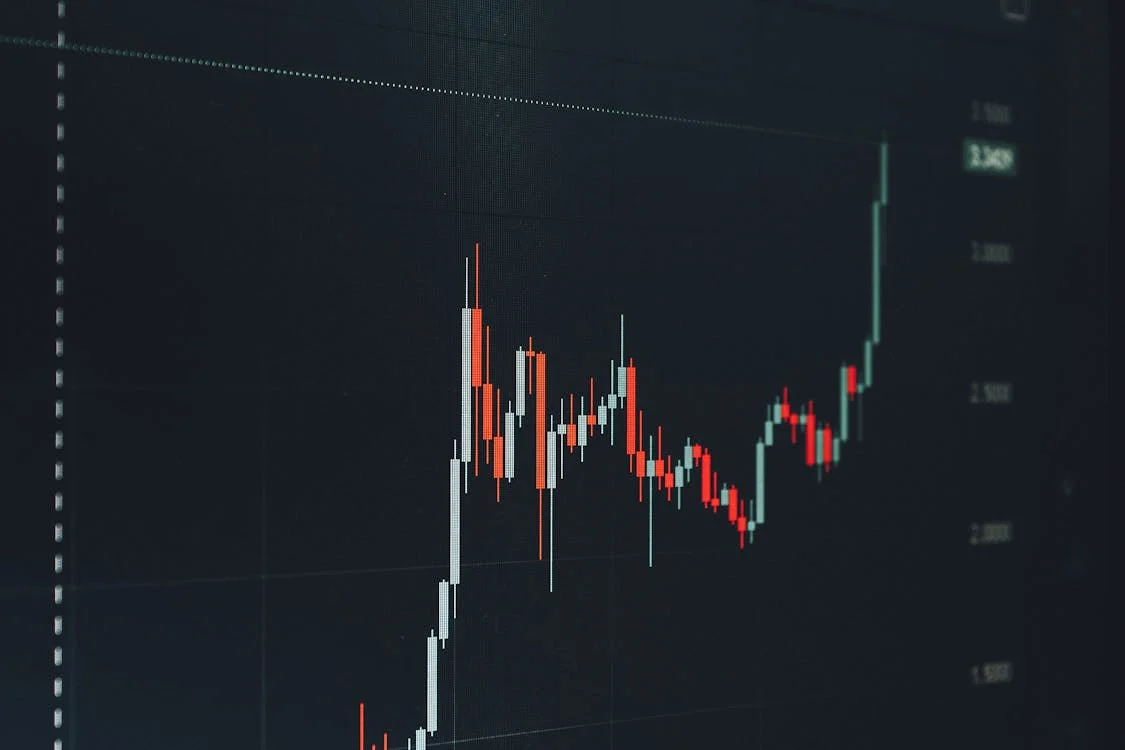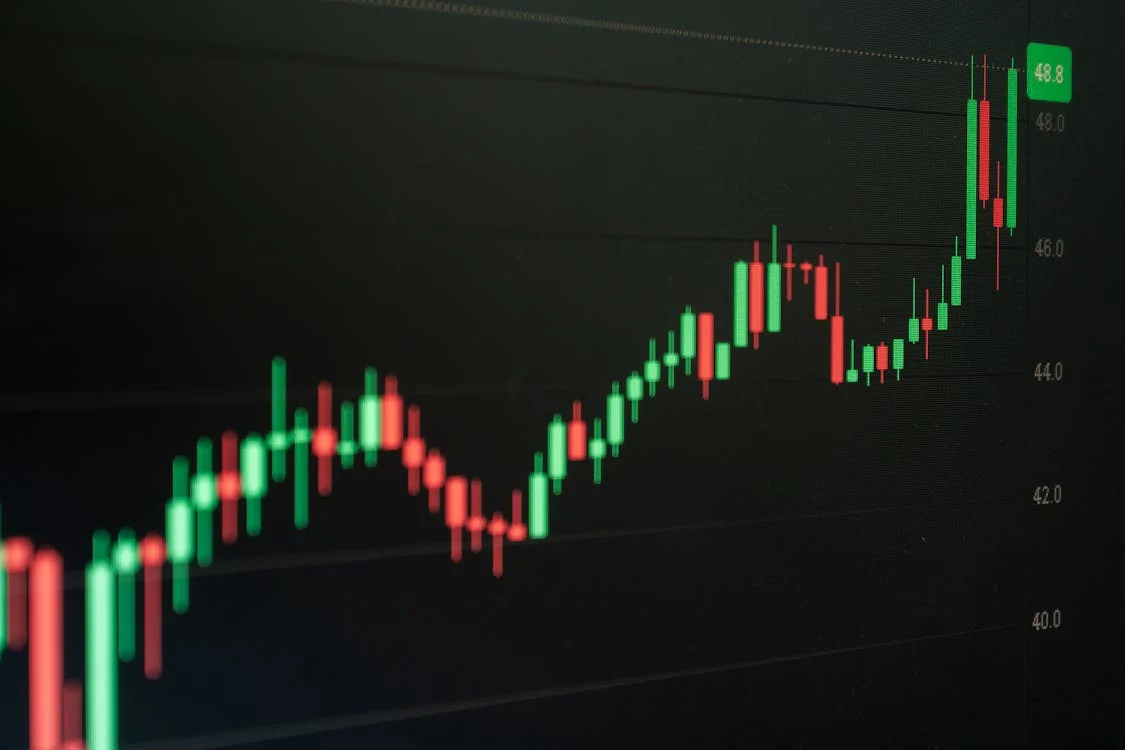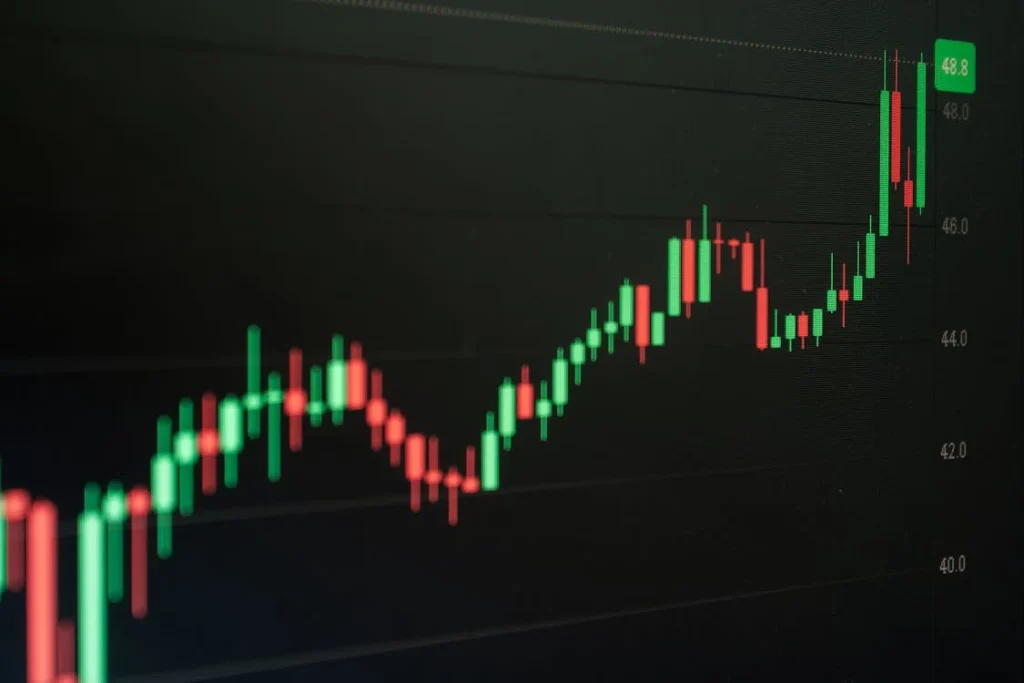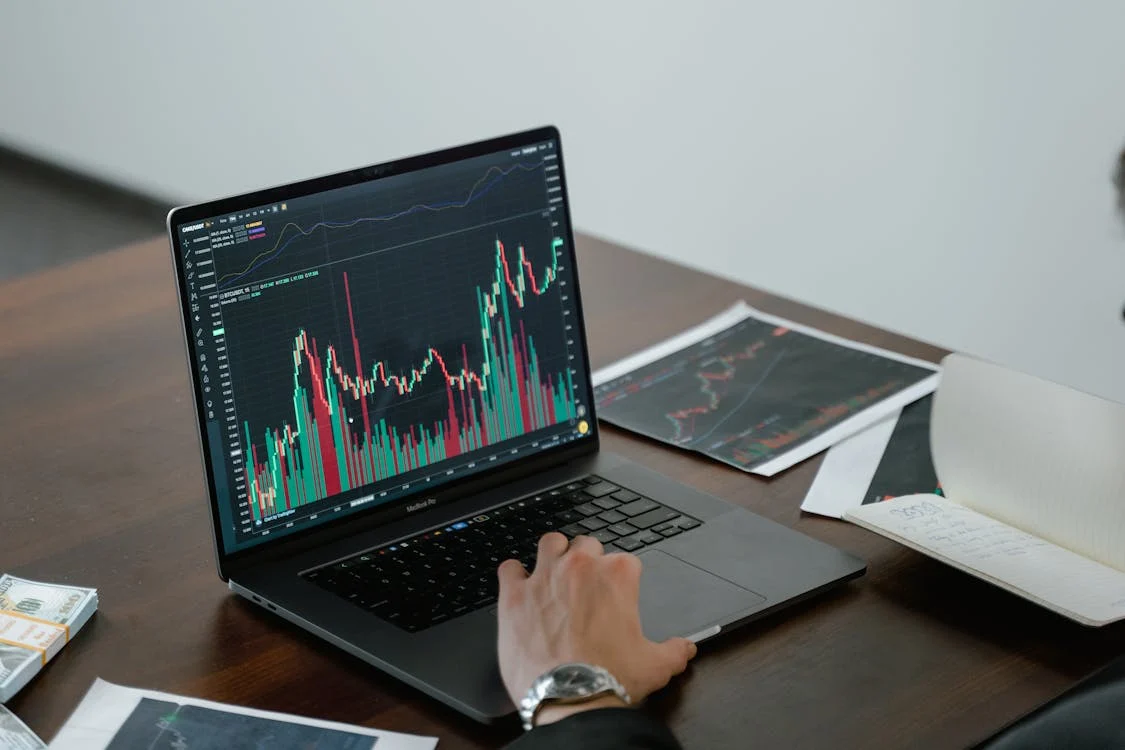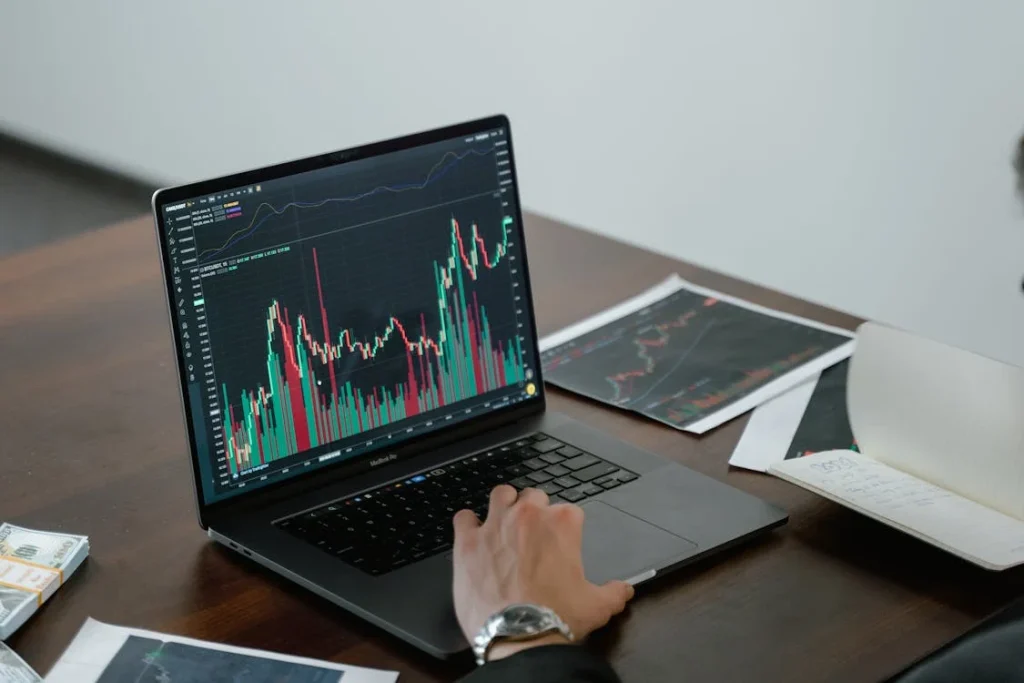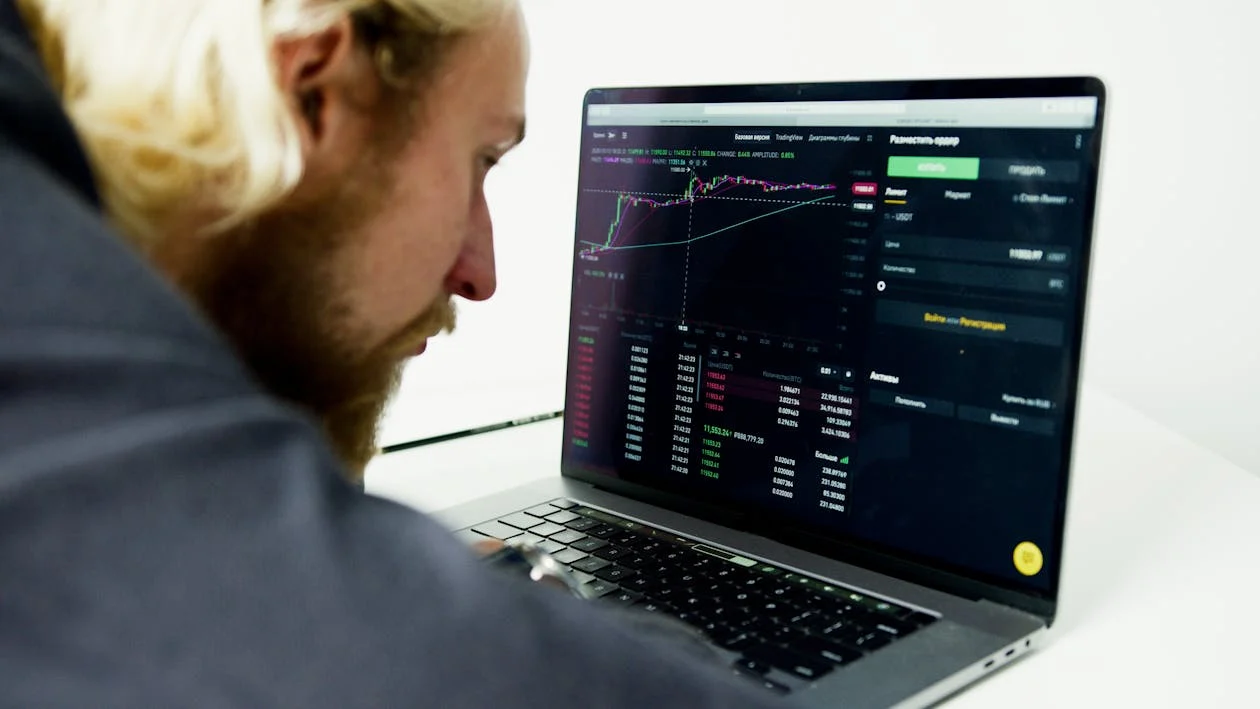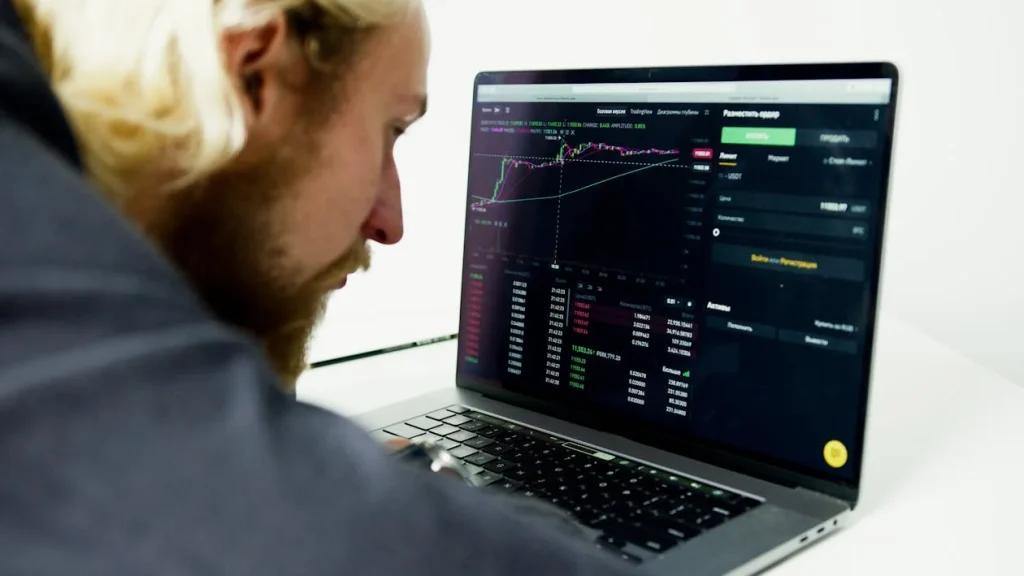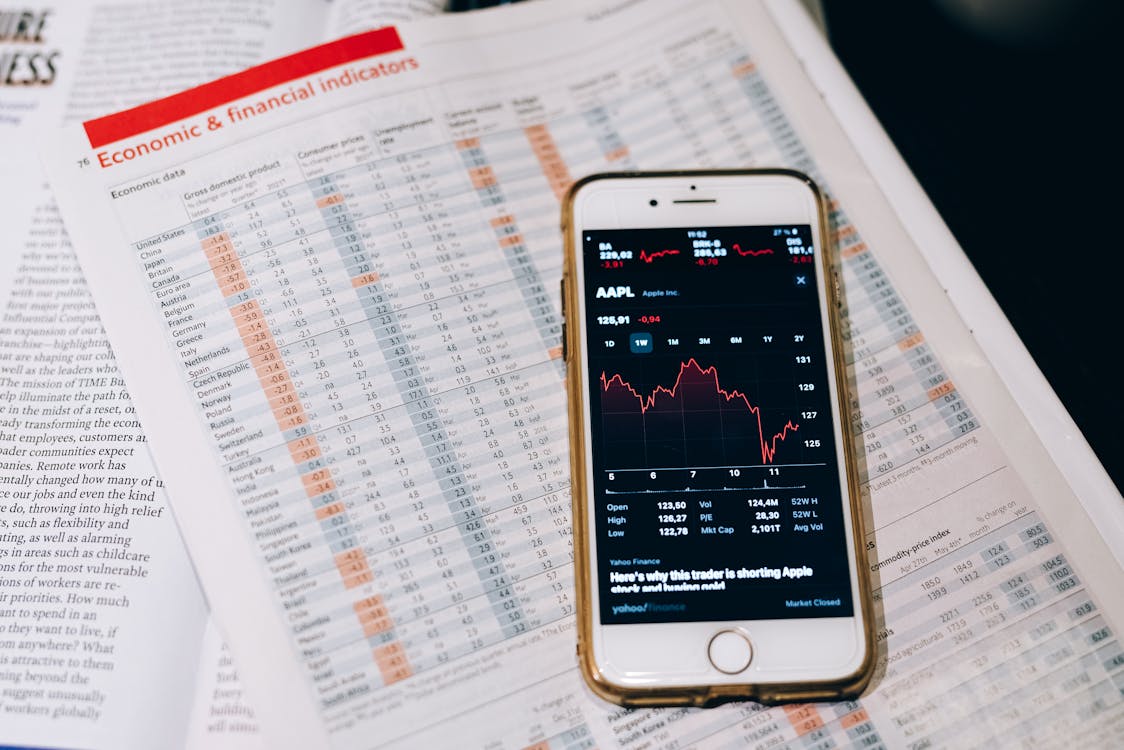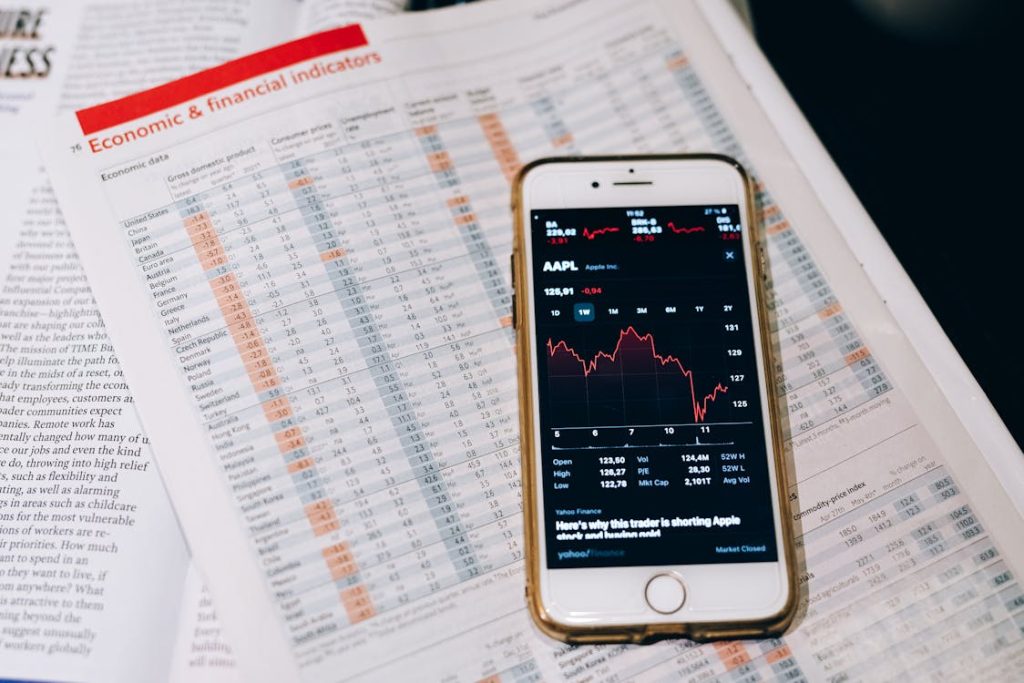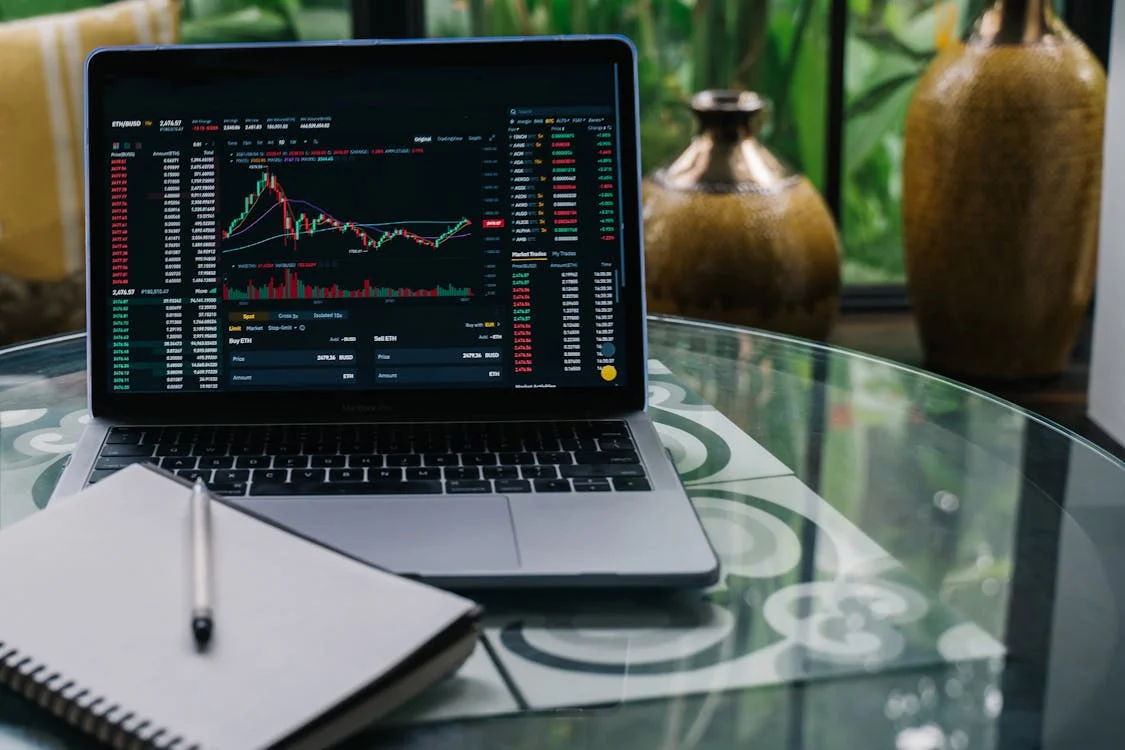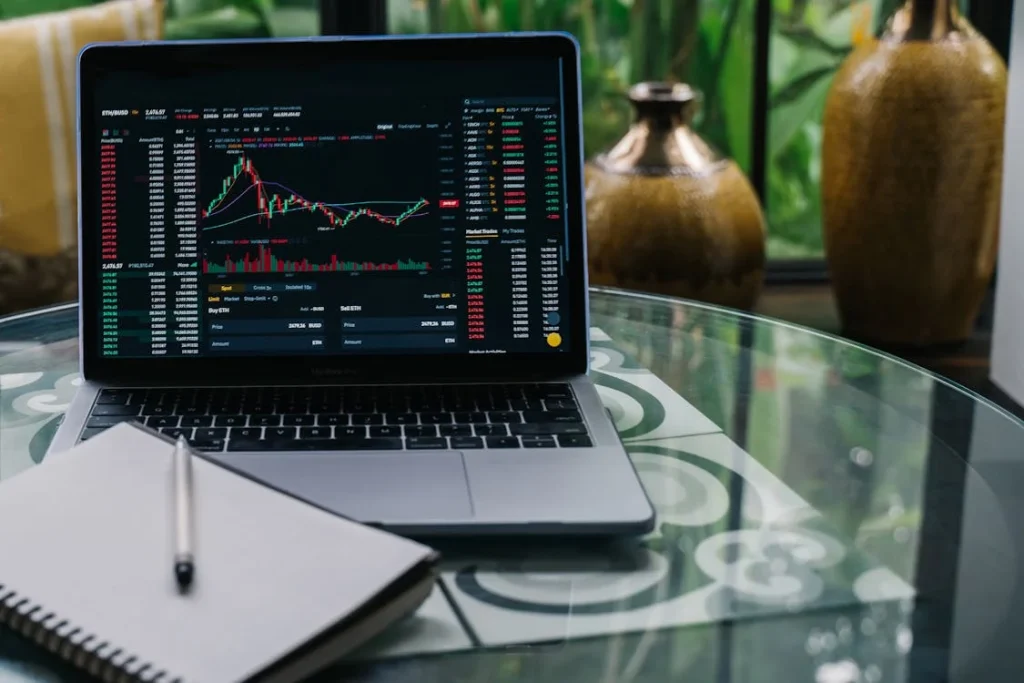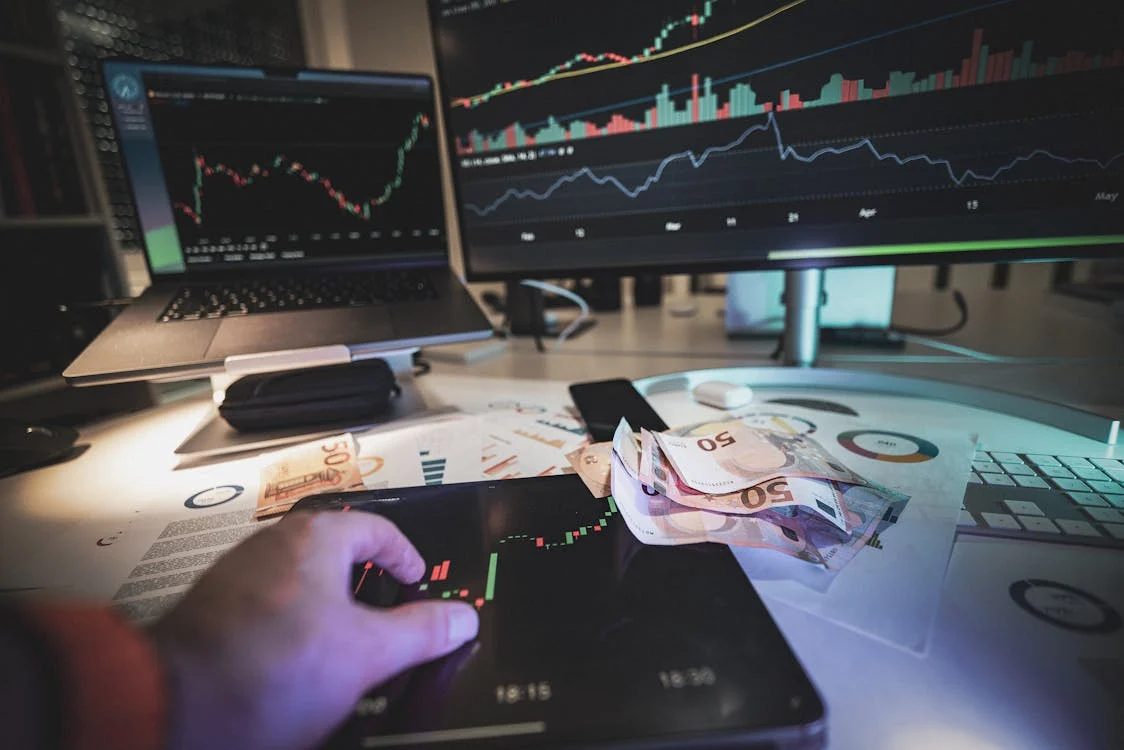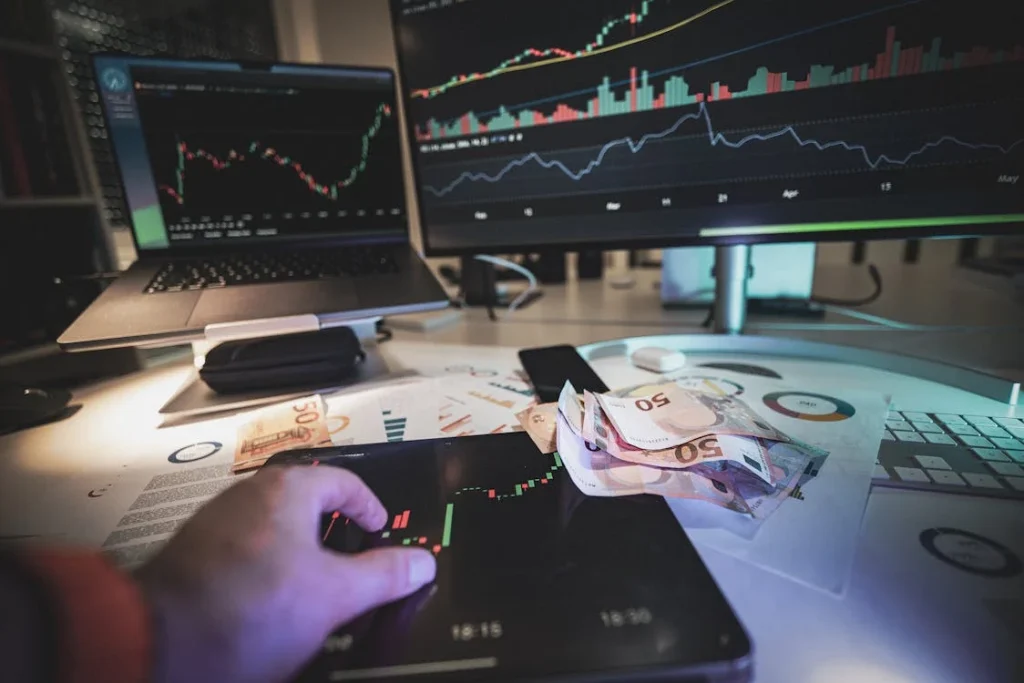Forex Risk Management: The Key to Long-Term Trading Success
Most traders enter the Forex market with dreams of quick profits. However, what truly separates winners from losers is not just the strategy—but how effectively they manage risk. Risk management is the backbone of consistent trading success. Without it, even the best strategies can lead to disaster.
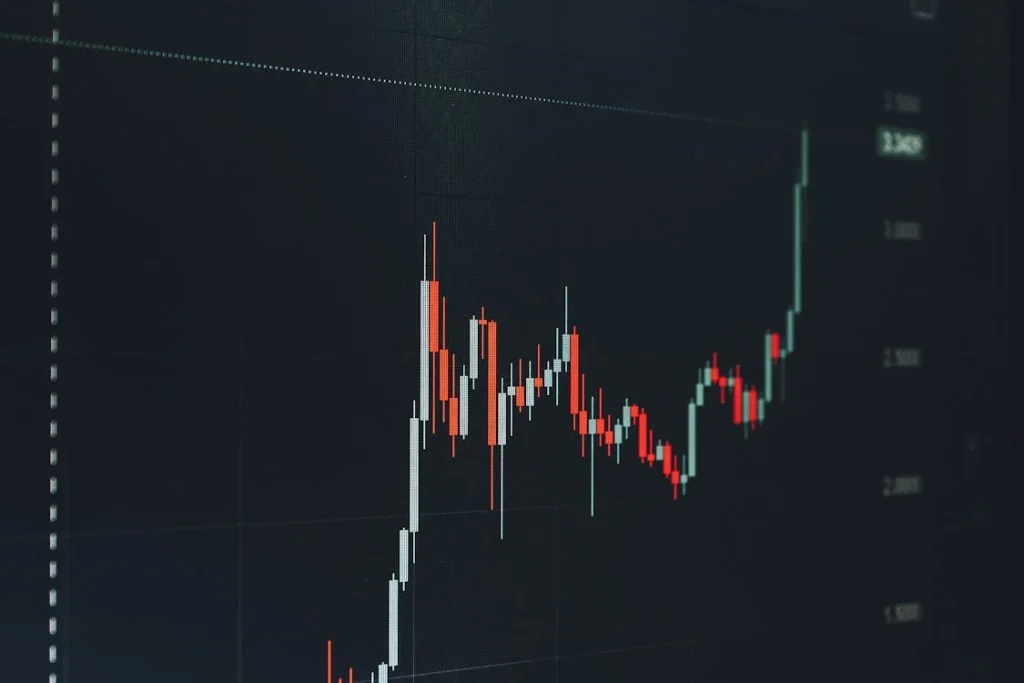
What is Risk Management in Forex?
Risk management refers to the techniques and strategies used to protect your capital from large losses. The main goal is to ensure that no single trade—or series of trades—can wipe out your account. It’s about staying in the game, even after a few setbacks, and ensuring you can continue trading over the long term.
Why Most Traders Fail Without Proper Risk Control
Statistics show that over 80% of Forex traders lose money. One of the main reasons is poor risk management. They overleverage, neglect stop-losses, or allow emotions to override logic. Eventually, even a small mistake can snowball into a devastating account wipeout.
1. Use a Stop-Loss on Every Trade
Trading without a stop-loss is extremely dangerous. A stop-loss order is a predefined level at which you exit a losing trade automatically. It’s your safety net. Even the best setups can fail due to market surprises or economic news. Always define your maximum loss before placing a trade.
2. Apply the 1-2% Risk Rule
This rule suggests that you should never risk more than 1-2% of your account balance on a single trade. For example, if your account has $10,000, you should risk a maximum of $100 to $200 per trade. This ensures you can survive a string of losses and continue trading with a clear mind.
3. Understand the Risk-to-Reward Ratio
The risk-to-reward ratio compares how much you’re willing to risk to how much you expect to gain. A 1:2 ratio means you risk $1 to potentially make $2. This ensures that even with a 50% win rate, you can be profitable over time. Many professional traders aim for at least a 1:2 or 1:3 ratio to maximize gains while limiting losses.
4. Proper Position Sizing
Position sizing determines how big or small your trade should be, based on your account size and risk tolerance. For instance, if you’re risking 2% of a $5,000 account and your stop loss is 50 pips, you can calculate your lot size to stay within limits. Many platforms and calculators are available to help with this.
5. Use Leverage Wisely
Leverage is a double-edged sword. While it can amplify profits, it also increases potential losses. Many traders misuse leverage by opening oversized positions. Keep leverage low and focus on protecting your capital. A good practice is to never trade at more than 10:1 leverage unless you’re highly experienced and disciplined.
6. Set Realistic Profit Targets
Greed is one of the biggest enemies of traders. Setting unrealistic goals leads to overtrading and poor decisions. Focus on consistent, small gains. A 3-5% monthly return is far more sustainable than chasing 50% in a week. Let compounding work its magic over time.
7. Control Your Emotions
Emotional trading leads to overreactions, revenge trades, and impulsive decisions. Develop discipline through a trading plan, and stick to it. Use a journal to track your performance and emotions. Over time, this self-awareness helps you become a calmer, more calculated trader.
8. Diversify Your Trades
Don’t put all your risk in one currency pair or trade setup. Diversification spreads the risk and prevents one bad trade from ruining your week. Trade different pairs, timeframes, or strategies if needed, but avoid overexposure to one scenario.
9. Avoid Trading During Uncertain News Events
Major news releases—like interest rate decisions or non-farm payrolls—can cause extreme volatility and slippage. Many traders choose to stay out of the market during these events. If you do trade the news, reduce your position size and widen your stop-loss to account for sudden price spikes.
10. Review and Adjust Your Strategy
Risk management is not static. Regularly review your performance, adapt to changing market conditions, and refine your strategy. What worked in a trending market may not work in a ranging one. Be flexible, and never stop learning.
